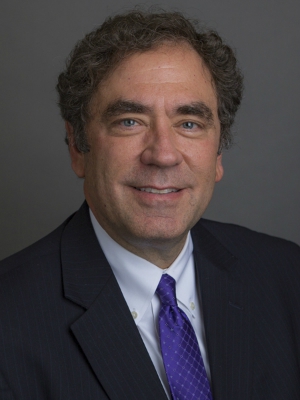What Deference Do Courts Owe A Conflicted ERISA Fiduciary?

The U.S. Court of Appeals for the Ninth Circuit today issued an important decision in Abatie v. Alta Health & Life Ins. Co. You can read the decision here. It is noteworthy because it takes up a recurring problem for courts in ERISA cases: how to adjust an arbitrary and capricious standard of review when the decision-maker has a conflict of interest. It is also an important decision because it was decided by an en banc panel of the court. In this case fifteen judges decided the case rather than the usual panel of three judges. That gives it more precedential heft. In Firestone Tire & Rubber v. Bruch, the Supreme Court established that where the documents governing an ERISA plan give discretion to a person or entity to interpret the terms of the plan and determine eligibility for benefits, that decision will not be disturbed unless the decision-maker is shown to have abused their discretion. In other words, even if the trial court reviewing the decision feels it would have decided differently, it may not reverse the decision unless it is not just wrong but unreasonable or arbitrary and capricious. That is a tough thing for the person who loses before the ERISA decision-maker to prove. But what about when the decision-maker has a conflict of interest? In Bruch, the Supreme Court emphasized that ERISA decision-makers are fiduciaries to the participants and beneficiaries of ERISA plans. This means, under the language of ERISA, that they must act solely in the interest of participants and beneficiaries and for the exclusive purpose of providing them benefits. This “duty of loyalty” has been described by many judges as imposing the highest obligation known to the law on the decision-maker. Fiduciaries must act without any divided interests or loyalties. Where does that leave us when, as with most life, disability and medical benefits, a for profit insurance company is the decision-maker? Bruch tells us that courts must take any conflict into account in deciding how much deference an ERISA fiduciary is owed by a court but gave no guidance on how to do so. Since Bruch, all the Circuits across the county have wrestled with this issue. This isn’t the place to provide a survey of the dozens of cases that have considered the issue but it suffices to say that most courts acknowledge the inherent conflict of interest an insurer faces when it acts both as a for profit entity and as an ERISA fiduciary. These courts take a harder look at the insurer’s decision and the process by which it was made than when a truly impartial decision-maker is evaluating whether life, disability or health benefits are owed. Today’s decision more clearly recognizes the structural conflict insurers face than earlier Ninth Circuit cases. And it instructs trial courts within the Ninth Circuit to take a harder look at an insurer's decision because of that conflict than it would if the fiduciary were not torn. But it really doesn’t, in my opinion, produce a template for evaluating that conflict and adjusting deference that is any more clear or workable than its sister Circuits. Perhaps the thing that sets Abatie apart from other decisions discussing how to deal with a conflicted ERISA fiduciary is its explicit recognition that plaintiffs are entitled to gather information through the discovery process about the specifics on whether, and the degree to which, the ERISA fiduciary is conflicted. This opens up the components of the process by which the insurers make their decisions as much as anywhere in the country. And sunlight is always a good disinfectant.
